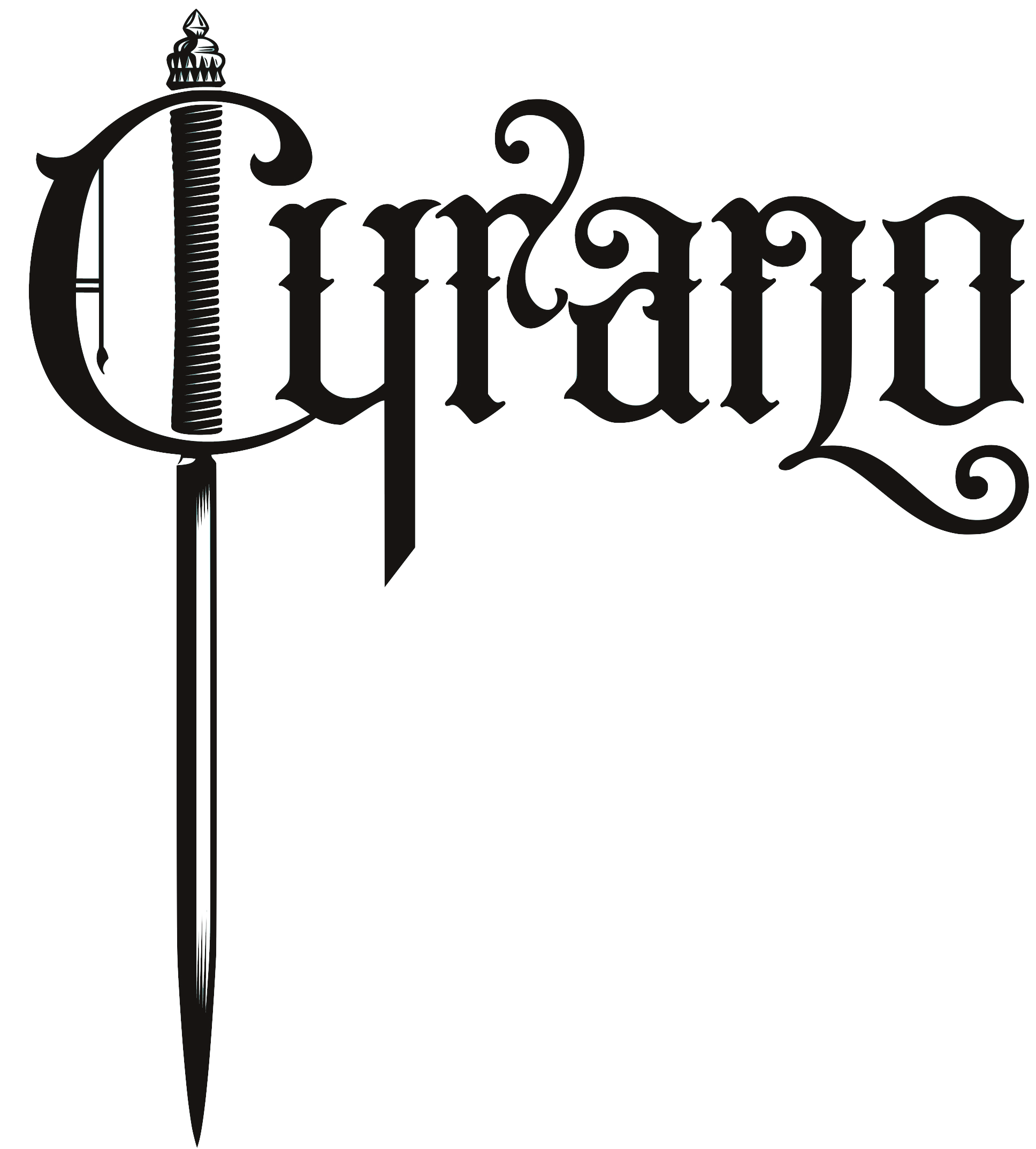What is Terroir?
What is Terroir?
In French, terroirs reflect what realtors call location – the complex interaction of soil, climate, topography, and other factors that make each grape-producing region (and often each single vineyard) – unique.
As with all great wines of the world, where a given armagnac comes from and where its grapes are grown matter greatly in the final product. It is the terroir that makes the style.
In the case of Armagnac there are three Terroirs that constitute a vineyard in the form of a vine leaf representing 15 000 hectares of vines, of which today, 4200 hectares are identified exclusively for the production of Armagnac:
Bas-Armagnac to the west, a rolling countryside; the grapes grow in acidic, argillaceous and stony ground, with pockets of iron elements. This terroir produces light, fruity, delicate and highly reputed spirits.
Armagnac-Ténarèze in the centre, is a transitional zone. Here we find clay-limestone soils that are heavy yet fertile. These spirits are generally more full-bodied. They are great after a long ageing.
Haut-Armagnac in the south and east is very spread out. The hills are of limestone and clay-limestone whilst the valleys are sometimes covered with silty soils. The vineyards are scattered like islands over the chalky clay hills.
It’s a lightly-populated area of rolling hills, woodland, rivers and empty roads. A few villages and small towns serve the population of around 180,000 inhabitants and agriculture, often on an artisanal scale, is an important occupation.
The climate is temperate and gentle. The humid oceanic influence reduced by the Landes forest is particularly noticeable in the west of the Appellation. To the east, it is the Mediterranean climate that has an impact with the southerly winds.
Nice place to visit.
Cyrano

![Words from Armagnac: Pruning [ˈpruːnɪŋ]](https://images.squarespace-cdn.com/content/v1/57c5f56f6b8f5b06d7e5869b/1515716399605-ONY8UDU6T13BQY1J499T/pruning.jpg)
![Words from Armagnac: Appellation [æpɪˈleɪʃən]](https://images.squarespace-cdn.com/content/v1/57c5f56f6b8f5b06d7e5869b/1515716235973-1XTQMWRLLOZYPTL5W2MB/Apellation.jpg)
![Words from Armagnac: Maître de chai [mɛtʀ d ʃɛ])](https://images.squarespace-cdn.com/content/v1/57c5f56f6b8f5b06d7e5869b/1515716029476-KSQ5DD6DVZ69VYF2P9RP/BNIABD_Armagnac+Delord+%2824%29+copia.jpg)
![Words from Armagnac: Pièce [ pjɛs ]](https://images.squarespace-cdn.com/content/v1/57c5f56f6b8f5b06d7e5869b/1515715779876-WWUK256WX47S9WFSAFTT/pieces.jpg)
![Words from Armagnac: Serpentine [ ˈsɜːpənˌtaɪn ]](https://images.squarespace-cdn.com/content/v1/57c5f56f6b8f5b06d7e5869b/1515715576967-W09GOE1Z79P2B392DWSV/BNIAAlambic+Garreau+copia.jpg)

